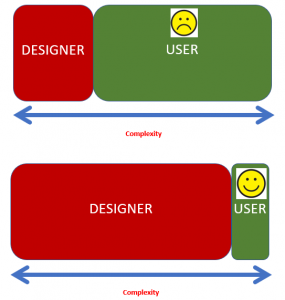100 things Every Designer Needs to Know about People
This is book written by Susan Weinschenk. The aim is to help designers understand people and how can improve your designs. In this book there is a combination of both science and research with examples to give the designer an ultimate guide to design. There is a lot of points you can take away from this book and use in real world.
This book will therefore help you the designer to design more innovated and appealing apps, websites and products that will meet users needs through a way they think, decided, and behave.
This book answer particular questions such as:
What grabs the user’s attention?
How to make my products stick in people minds?
Are some fonts better than others?
This book goes into depth about all your queries.
I would highly recommend reading this especially if you are student or new frist time UX or Graphic designer/ developer. It is a very good book and may give some great tips to improve greatly your design. This book is visually appealing and breaks down the content easily to help people understand.
I’ve learned so much from reading this and will continue looking out for similar books on this topic. This has helped me to enhance my knowledge in this area and hopefully can take it into my own designs.














